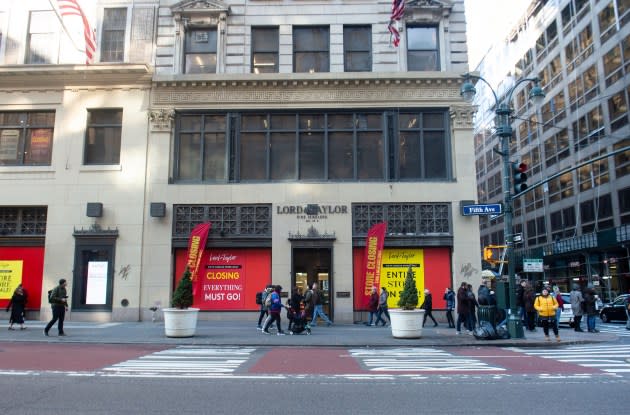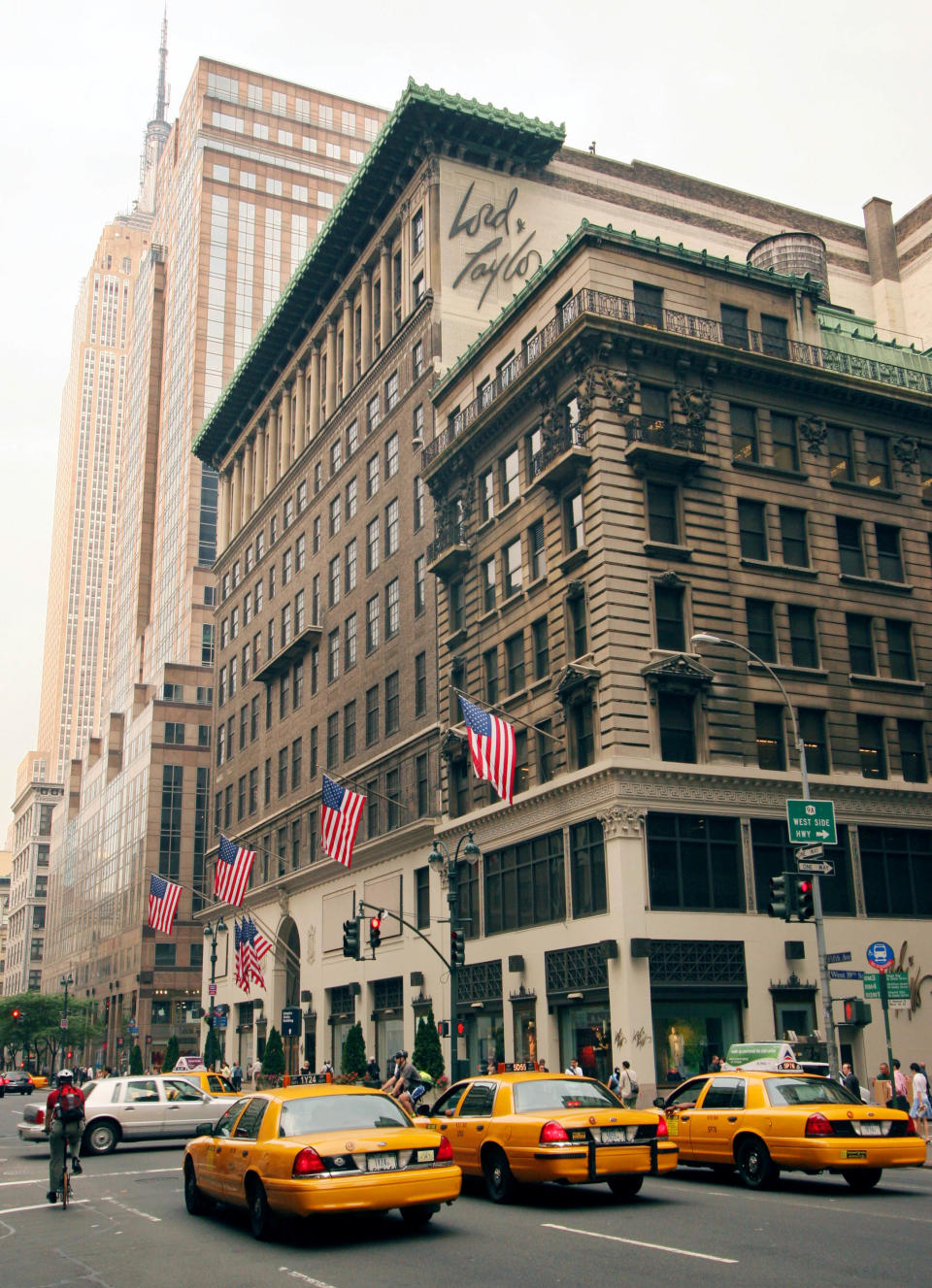Inside the Demise of Lord & Taylor

This article was updated March 1, 2024 at 1:18 p.m.
Lord & Taylor, which already closed its stores after decades of struggling under several owners, is disappearing for good as an online shopping destination.
More from WWD
End of an Era: Layoffs and Lender Lawsuit Augur the Demise of Lord & Taylor
Gucci Sues Several Retailers, Alleging They Sold Counterfeit Products
Design Lessons to Be Learned From Tom and Sarah Tomerlin Lee
Lord & Taylor officially closed its store in New York on Manhattan’s Fifth Avenue on Jan. 2, 2019, and its remaining stores the following year, in 2020. Today, all Lord & Taylor stores are closed.
Current owners the Saadia Group, now embroiled in legal difficulties, relaunched L&T as a website only in April 2021. Aside from the L&T website, Saadia owns the fashion sites New York & Co., Fashion to Figure and footwear brand Aquatalia, among others.
But in 2024 Saadia Group has been effectively shut down. Moreover, legal proceedings involving its asset-based lender mean Saadia no longer has control of the inventory at its warehouses following a default on a $45.3 million loan agreement, and may impact online shopping from Lord & Taylor.
Lord & Taylor went out of business after decades of troubles, its difficulties exacerbated by ownership changes over decades, unfavorable macroeconomic conditions and declining shopper traffic at department stores generally.
In the late ’80s, the former May Co. took on L&T through its merger of the former Associated Dry Goods. Then Federated took on L&T through its acquisition of May Co. in 2005. A few years later, Federated, now called Macy’s Inc., sold off L&T to HBC, which subsequently sold it to Le Tote, which shuttered the L&T brick-and-mortar stores and sold the L&T rights to Saadia.
WWD first reported Lord & Taylor would liquidate in early 2020, in a story indicating that the venerable department store fired most of its executives, including the president, buyers, assistant buyers down to the clerical staff, at the then-headquarter offices in Brookfield Place in lower Manhattan. Sources said at the time that store operations and finance executives were retained to enable a liquidation, which couldn’t be orchestrated until the coronavirus subsided and stores could reopen.
But even earlier, L&T began downsizing, when the historic Lord & Taylor flagship on Fifth Avenue in Manhattan closed for good in January 2019. When that happened, it was presumed by many consumers that the entire business shut down, though the company kept reminding shoppers that branch stores and the web site still were in business. Around that time, the company cited plans to shutter up to 10 other locations, reducing the chain from 48 to 38 locations.
Founded in 1826, Lord & Taylor was once among the most fashionable stores in North America, and was known for fostering American design talent and as the go-to destination for dresses for all occasions. There was a patriotic spirit associated with the store, which for many years at its Fifth Avenue flagship played the national anthem on the broadcast system just as it swung open its doors to awaiting shoppers.
For years, Lord & Taylor had sustained itself with some healthy performing suburban branches and incessant price promoting. Yet business overall was tough. The store failed to change with the times, had a reputation for being “your grandma’s store” that it could never shake, and was handicapped by being a Northeast regional department store that lacked the buying power of national chains.
In addition, the chain never developed the digital capabilities to rival those of competitors.
Once the 11-story, 650,000-square-foot Manhattan flagship closed, the writing was on the wall. The flagship for too long experienced noticeably weak traffic, especially compared to nearby Macy’s four blocks away, and Saks Fifth Avenue, 10 blocks north. It also felt stranded, being blocks away from the hubbub of Herald Square, and too far south of 42nd Street to capture enough Midtown pedestrian traffic.
Hudson’s Bay Co. sold L&T to Le Tote for $75 million. On Aug. 2, 2020, Le Tote and its Lord & Taylor division, further hampered by the pandemic, filed for bankruptcy, derailing plans to integrate the Le Tote subscription rental services and invest in the department store’s online business. Then, Le Tote went into liquidation mode, liquidating stores via Hilco Merchant Resources and Gordon Brothers.
“While we are still entertaining various opportunities, we believe it is prudent to simultaneously put the remainder of the stores into liquidation to maximize value of inventory for the estate while pursuing options for the company’s brands,” Ed Kremer, Lord & Taylor’s chief restructuring officer, said in a statement at the time.

AP
— With contributions from Vicki Young
Best of WWD
